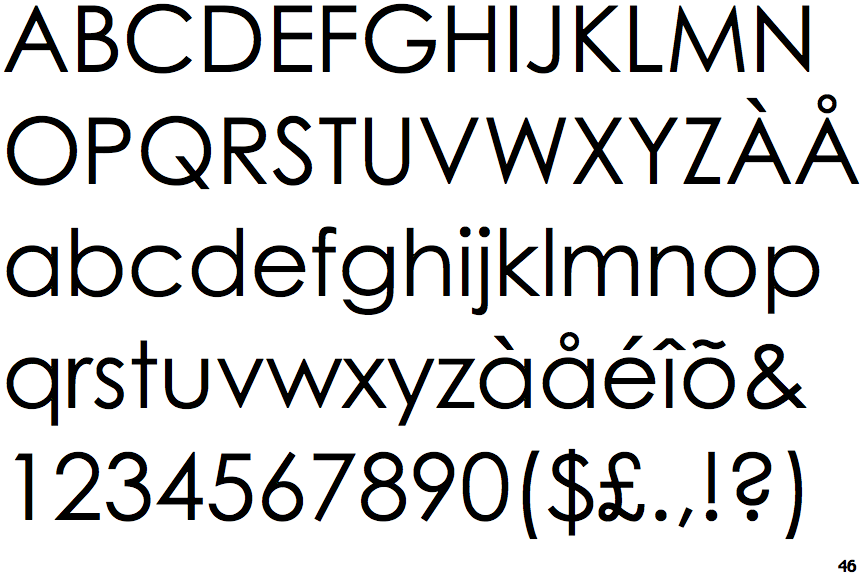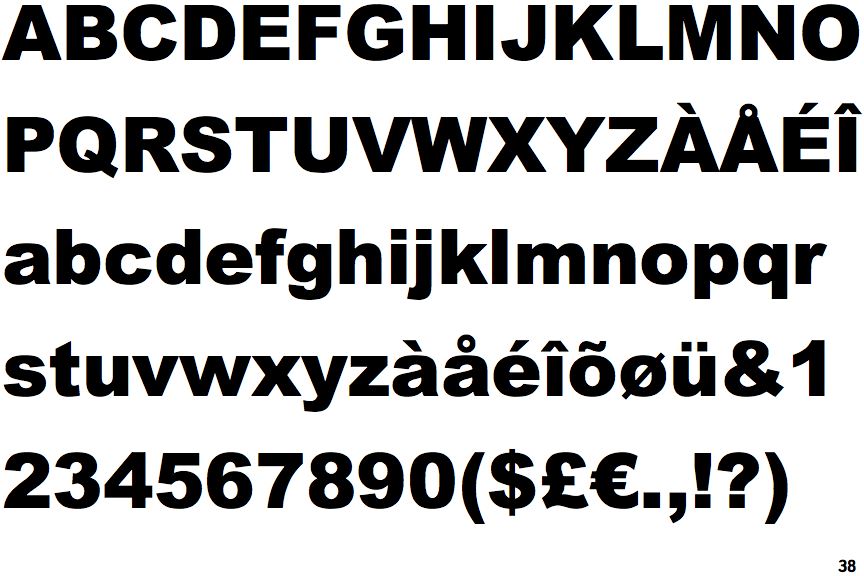Differences
Century Gothic
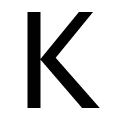 |
The diagonal strokes of the upper-case 'K' meet at the vertical (with or without a gap).
|
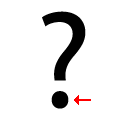 |
The dot on the '?' (question-mark) is circular or oval.
|
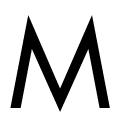 |
The verticals of the upper-case 'M' are sloping.
|
 |
The lower-case 'a' stem stops at the top of the bowl (single storey).
|
 |
The dot on the lower-case 'i' or 'j' is circular or oval.
|
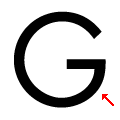 |
The right side of the upper-case 'G' is curved.
|
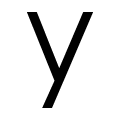 |
The tail of the lower-case 'y' is substantially straight.
|
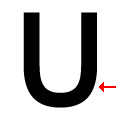 |
The lower-case 'u' has no stem/serif.
|
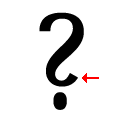 |
The '?' (question-mark) is like a backwards 'S'.
|
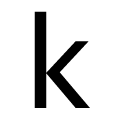 |
The diagonal strokes of the lower-case 'k' meet at the vertical (with or without a gap).
|
There are more than ten differences; only the first ten are shown.
Note that the fonts in the icons shown above represent general examples, not necessarily the two fonts chosen for comparison.
Show ExamplesArial Black
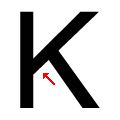 |
The diagonal strokes of the upper-case 'K' meet in a 'T'.
|
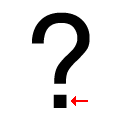 |
The dot on the '?' (question-mark) is square or rectangular.
|
 |
The verticals of the upper-case 'M' are parallel.
|
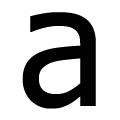 |
The lower-case 'a' stem curves over the top of the bowl (double storey).
|
 |
The dot on the lower-case 'i' or 'j' is square or rectangular.
|
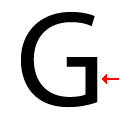 |
The right side of the upper-case 'G' has a flat section.
|
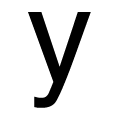 |
The tail of the lower-case 'y' is curved or U-shaped to the left.
|
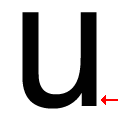 |
The lower-case 'u' has a stem/serif.
|
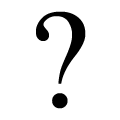 |
The '?' (question-mark) is hook-shaped.
|
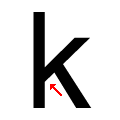 |
The diagonal strokes of the lower-case 'k' meet in a 'T'.
|
